Can TikTok stars make it big in Hollywood? Well, it’s starting to happen.
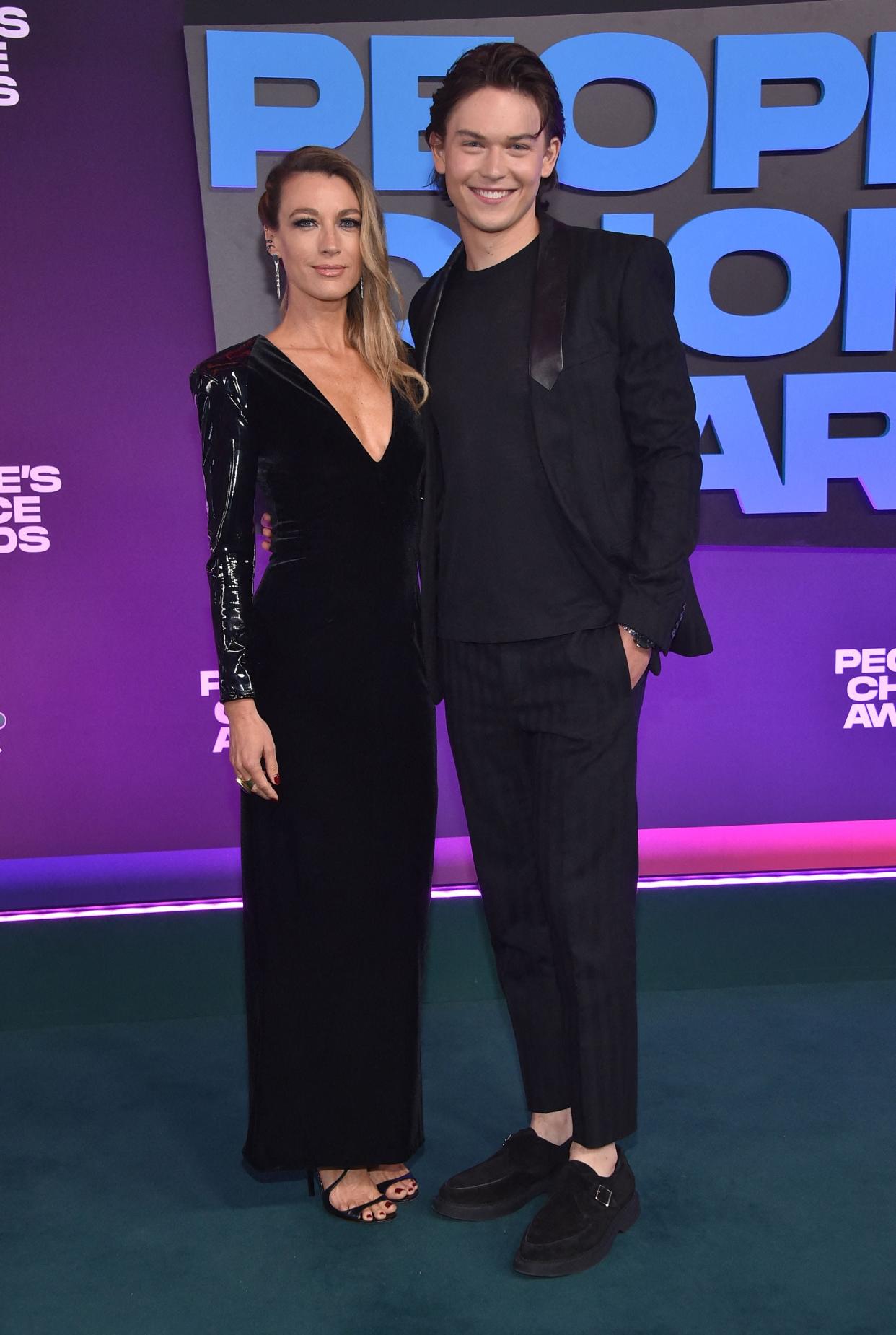
Just a few years ago, Jack Martin was a Georgetown University politics major harboring a dream of becoming an actor.
Other than a failed audition at age 10 for one of the “Diary of a Wimpy Kid” movies, his acting experience was beyond negligible. Today, the 23-year-old is one of the stars of NBC’s sci-fi series “La Brea.”
What happened? Martin went directly to the people.
He started uploading short comedic videos to TikTok, Instagram and YouTube, and a mere few thousand followers later, got a call from an agent who spied promise in those posts.
“I went from tending bar and no representation to getting meetings at all the big Hollywood agencies and reading for a pilot,” says Martin, still sounding shocked by his lightning-quick star turn.
“I’m a massive evangelist for social media,” he says. “It’s the first time in history you can post what you want and millions will see it. You’d be crazy not to take advantage of that.”
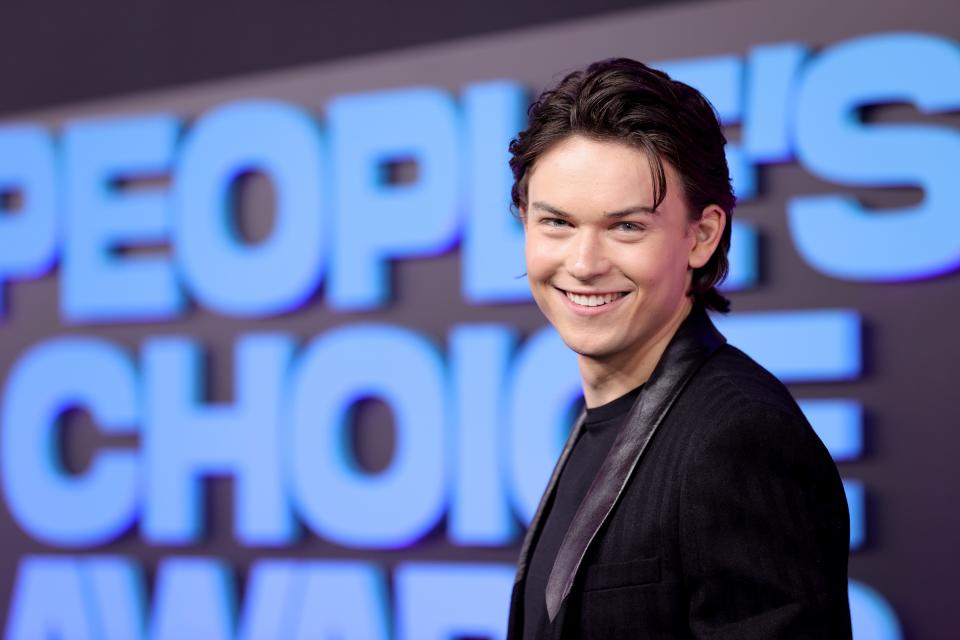
Many young people are – and Hollywood is tuning in. For proof, look no further than Addison Rae.
The 21-year-old went viral on TikTok in 2019 after posting videos of herself dancing with her mother. In 2020, she signed with the WME talent agency. The next year, Rae nabbed a multipicture deal with Netflix and in 2023 landed a role in Eli Roth's upcoming horror/thriller, cementing the notion that, with talent and a touch of luck, you can travel from your bedroom to Hollywood on the back of selfie videos.
Addison Rae was just the first: These TikTokers have their eye on Hollywood, too
In dozens of conversations with USA TODAY, agents, casting directors, film producers, cultural observers and influencers suggest these are the early tremors in what promises to be a massive shift in the way stars are mined and minted.
The old Hollywood studio system controlled and burnished the lives of screen stars whose careers often spanned decades. And while A-listers like Tom Cruise, Will Smith and J. Lo aren't going anywhere, this new paradigm – fueled by both technology and a pandemic-driven shift to streaming content on small screens – allows social media personalities from just about any walk of life to leverage fan bases to become stars.
They may well, like supernovas, burn hot and then out. But in the meantime, there is money to be made as studios and brands wake up to the selling power of these grassroots stars.
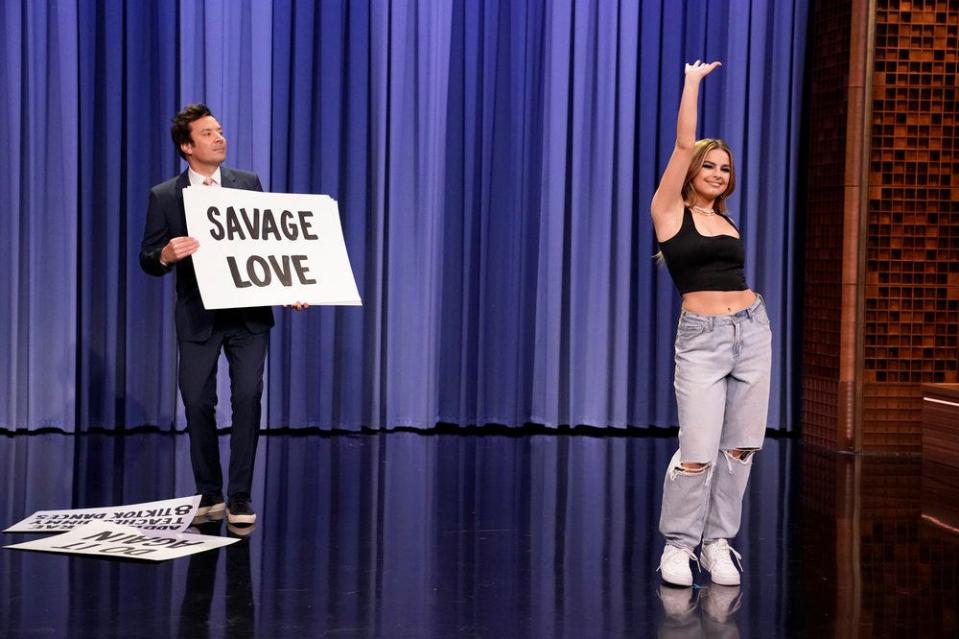
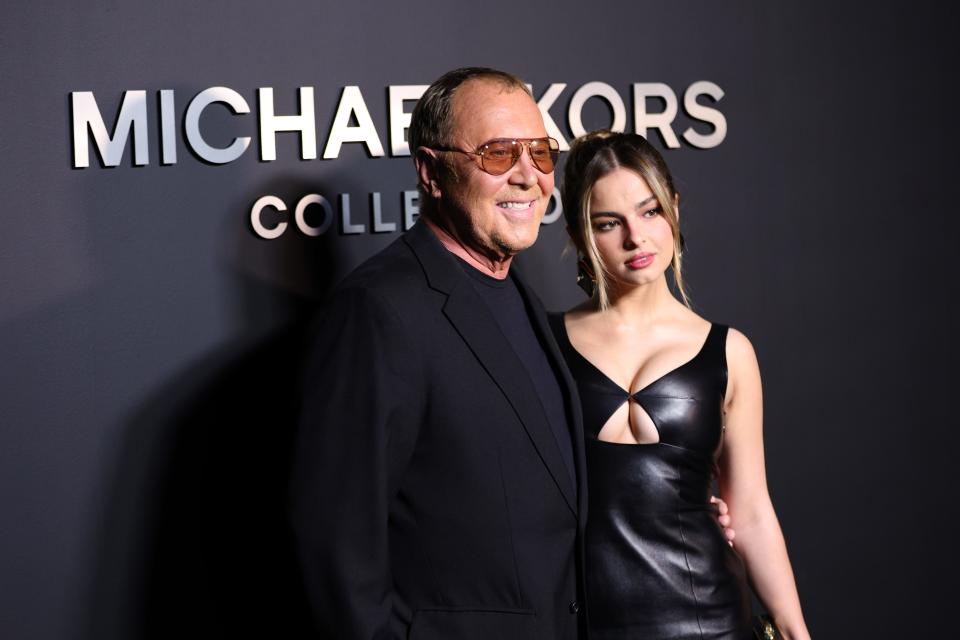
A star is born ... online
Insiders like Sharon Klein, casting director for Disney Television Studios, may be skeptical about social media stars making it big, but she is open-minded.
"If you come out of TikTok and you’re just as good an actor as someone from Juilliard, I'm going to take you seriously, too," she says.
Simplifying matters, the traditional audition has a new twist.
“These social media platforms have become the first audition for any creative person now,” says Jad Dayeh, head of the digital media division at WME.
Dayeh’s clients range from movie star Orlando Bloom to Rae, whose 87 million TikTok fans no doubt enticed Netflix to ink her multi-project deal worth millions on the heels of her first film for the streaming service, “He’s All That.” Last month, Rae expanded her reach when another studio hired her to star in its upcoming film, “Fashionista.”
Rae’s score is outsized but not unique. Last fall, her fellow TikTok stars Charli and Dixie D’Amelio, 17 and 20, respectively, and with a combined reach of nearly 200 million TikTok followers, and their parents launched a reality series on Hulu, “The D’Amelio Show,” whose theme is dealing with social media fame.
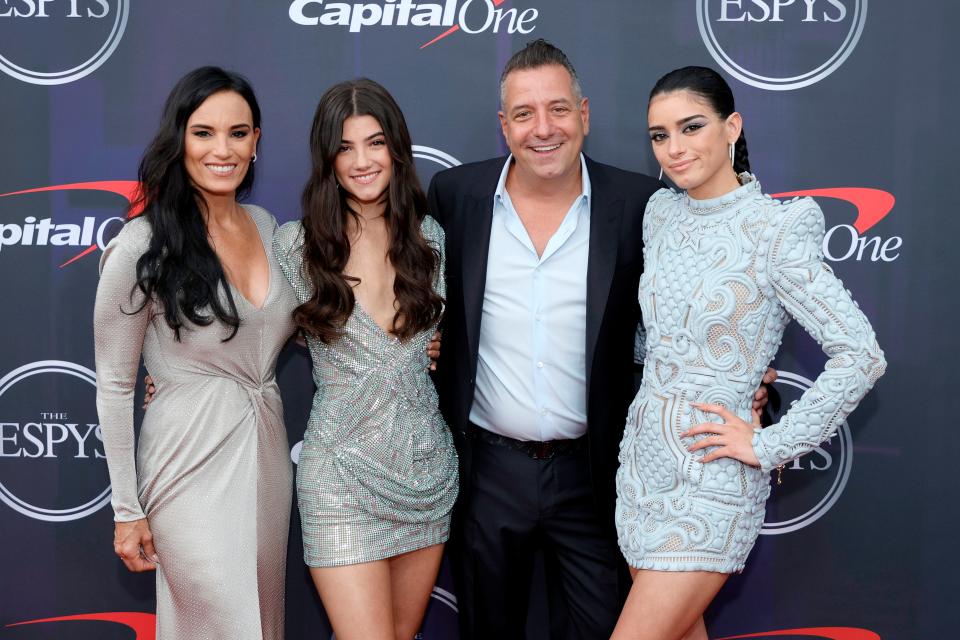
For Mele Nagler, senior vice president and head of casting at Warner Bros. Television, it’s all about “finding young, green, raw talent wherever it makes sense to find them, and then figuring out where they are best suited and giving them the tools to succeed.”
Many arrive with prodigious audience-building tools. Although some A-list movie stars such as Jennifer Lopez, Jennifer Garner and Dwayne Johnson have caught the social media bug, young digital natives do this instinctively.
“Back in the day, a few studios held all the keys. Now, social media allows anyone to reach a broad audience,” says Sinan Aral, a professor at the Massachusetts Institute of Technology and author of “The Hype Machine." “Today, it’s the public and influencers themselves creating the stars."
In the meantime, the very definition of what makes a star has shifted as "the rules change at the speed of light," says Stephen Galloway, dean of the Dodge College of Film and Media Arts at Chapman University.
Where stars once were figures of allure and mystery glimpsed only on the big screen, on magazine covers or in paparazzi shots, today fans demand intimacy through constant online posts about everything from breakfast routines to vacation plans.
Add the combination of plummeting ratings for awards shows such as the Oscars, a decline in moviegoing and the move toward smartphone streaming, and "you kill the actor mystique that is a crucial part of stardom,” says Galloway.
Yes, acting talent is still critical
That shift has flipped the traditional Hollywood star-making script, leveling the playing field between powerful movie stars and homegrown social media talent.
“A lot of people can do a lot of things, if the doors are open to them,” says producer Ron Yerxa of Bona Fide Productions, whose credits include “Little Miss Sunshine” and “Cold Mountain.”
“It’s surely unsettling to established Hollywood structures, but it’s all a good thing," he says. "There now are many ways to get to town.”
Once in La La Land, however, you have to deliver.
“We get submissions from TikTok and YouTube stars, but we’re not out there looking for them,” says Jenna Winnett, managing agent at Boals, Winnett and Associates, a New York agency focusing on theater talent. Winnett says it can be difficult for someone working in isolation to succeed in a more structured entertainment setting.
“I can’t name names, but the Broadway community at times decides to bite on a YouTube name and often those people don’t know how to connect with others, how to look people in the eyes, how to take direction,” she says. “Sure, you can sing a song at your house. How about doing eight shows a week while interacting with a big company?”
Even with 2 million TikTok followers, influencer Ava Tocloo, 18, isn't sure she's ready for that sort of step. It's part of what gave the influencer pause before going on a reality show last year.
“I’m used to it being just my own account, my own followers,” she says, adding that she’s concerned if she is “pushed into an unfamiliar zone, it’ll be kind of nerve-wracking. I feel I need to prepare myself more to be observed by that many people.”
Influencers of color often must clear a higher bar to fame
Social media's egalitarian nature is illusory for some, as most social media stars who have made the leap to mainstream are white.
"I would love if I got a deal like Addison Rae got because of my TikTok account," says Anania Williams, 21, a queer and Black entertainer who recently appeared as a background performer in Netflix's A-lister filled movie "Don't Look Up."
"Not trying to diminish what she does, but it would be very nice to have the same opportunity as someone who looks like Addison Rae," Williams says.
Failing to prioritize creators of color represents a huge missed economic opportunity, says Dahcia Bastien, chief marketing officer at Shade, a New York-based marketing company focusing on talent of color.
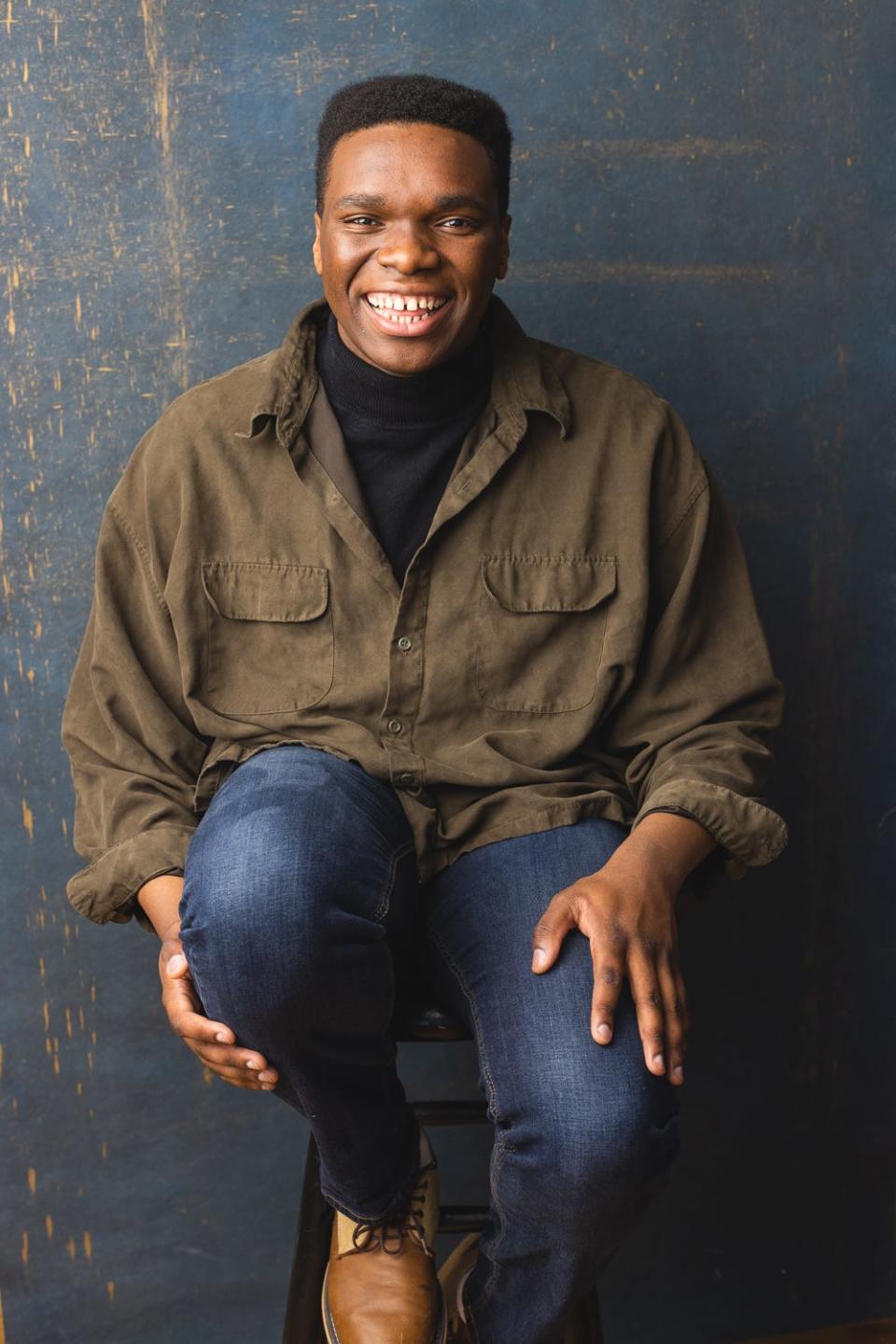
Since 2019, social media use has grown among Blacks and Latinos and declined among whites, according to a 2021 Pew Research Center study.
“My own teenage cousins, they’re like, ‘Denzel who?’ " Bastien says. "But they know all about influencers."
Black beauty and fashion influencer A?ssata Diallo, 28, leveraged her 4.8 million "likes" on TikTok to land a spot on the CBS reality show “Love Island” in 2019. But while she agrees “TikTok-famous influencers are like the new celebrities now,” she says social media stars of color face steep hurdles.
Her own TikTok video focused on applying makeup was pulled down from the platform "out of nowhere." She adds: “We can’t just sit in front of the camera and go viral. We actually have to put in the work."
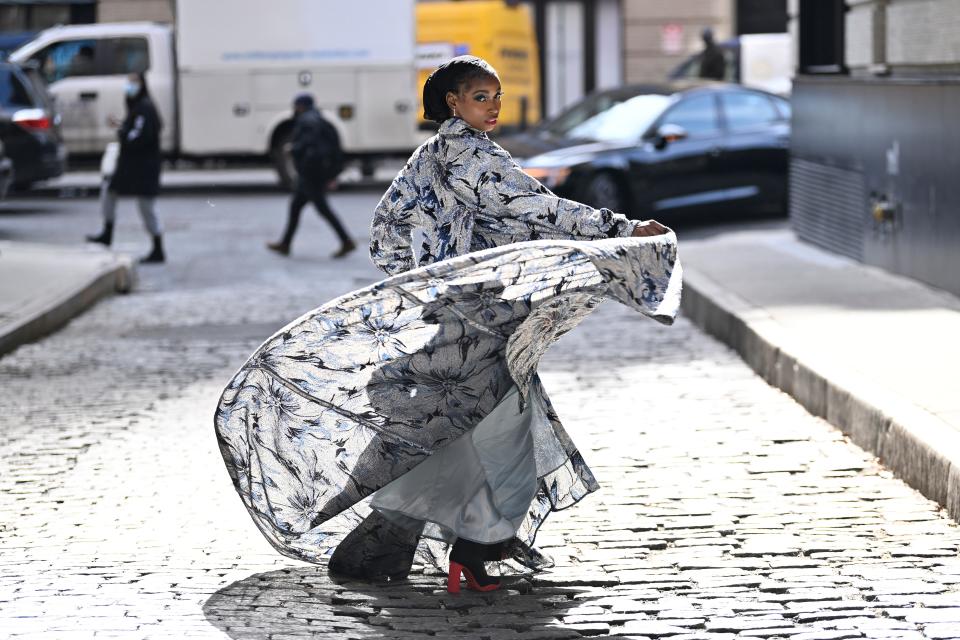
Social media star payouts: From $500 a post to seven figures
Waiting tables in Tinseltown has been partially replaced by producing daily posts.
“It’s my job, it’s my whole life right now,” says sketch-comedy influencer Bailey Spinnenweber, 19, whose videos have scored deals with Grammarly and Aeropostale.
While she initially didn’t view her videos as displays of acting talent, her social media popularity – 11 million followers on TikTok – has nonetheless generated talks with an acting and music agency.
"Having a huge platform and having to be so dedicated is something that will roll over well going into bigger industries like acting," she says.
Emily Uribe, 22, a film major who attends California State Northridge, landed both a manager and invitations to red carpet events on the strength of the 860,100 TikTok followers who enjoy her videos in which she pretends to be a celebrity being interviewed.
While she remains hopeful this could lead to her being discovered as an actress, attending glamorous premieres and parties is putting pressure on her bank account. "I didn't realize how expensive that part of Hollywood was," she says, referring to the cost of professional hair and makeup. "Financially, it's just not doable for everyday life."
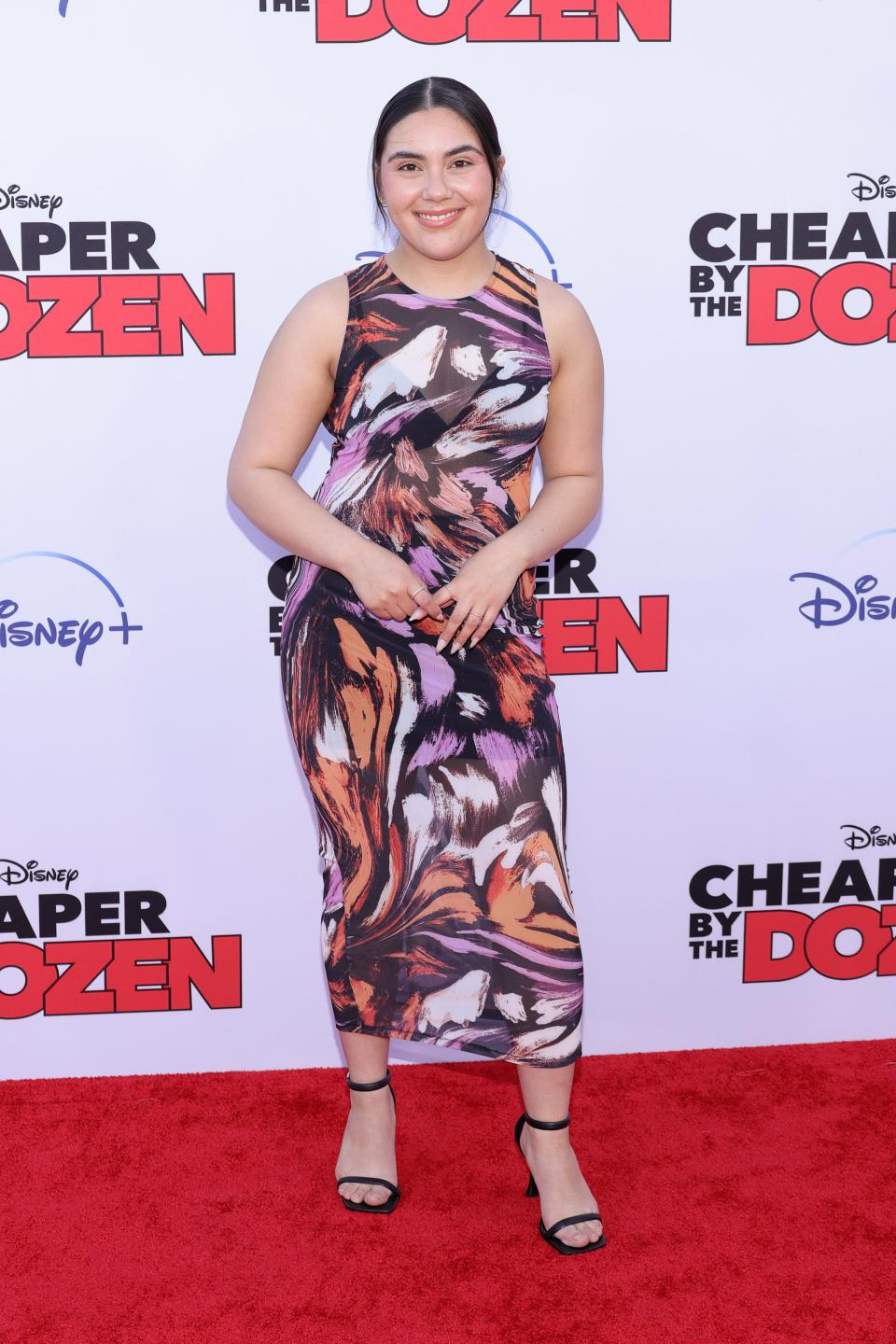
But many social media stars are in the money without even needing millions of followers. Influencers with just a few thousand fans can generate content that triggers millions of "likes," which adds up to dollars in the bank.
That so-called micro- and nano-influencer category is increasingly attractive to companies looking to market their products to true believers, says Danielle Wiley, CEO of Sway Group, an influencer marketing firm in Ann Arbor, Michigan.
Wiley says on average, clients will pay around $500 for one promotional social media post from a nano-influencer (someone with fewer than 10,000 followers) and up to six figures for a post from an influencer with millions of followers.
But that calculus still puzzles some executives.
“Our clients are often confused about what a celebrity is these days,” Wiley says. “But the truth is, customers are starting to trust someone who is smaller, as compared to, say, when Jennifer Aniston uses a lotion and you’re not really sure she does. If you want engagement and sales, you go with micro-influencers.”
Stars like The Rock are still vital to the Hollywood machine
Bold-faced names such as The Rock, Jennifer Lawrence, Kevin Hart, Michael B. Jordan, Meryl Streep and others will continue to be important to the Hollywood machine, says veteran producer Amy Baer, president of Landline Pictures at MRC Film, an independent production company.
“Big stars still matter, particularly internationally,” says Baer. “Even streamers understand they need to make deals with stars. You could have made a movie like (the A-list star-stuffed) ‘Don’t Look Up’ with lesser names, but they didn’t.”
Hollywood veterans say today’s shifting spotlight toward new talent nurtured online simply presents agents and studios with options to traditional casting pipelines.
“People are still getting roles by coming up through acting schools, and that’s not going away,” says Tori Wechsler, an agent in the digital media group at Creative Artists Agency, which signed “La Brea” star Martin.
But, she adds, that time-honored route is no longer a must.
“CAA represents entertainers we’re passionate about, period,” she says. “If we like you, we will rally the team.”
And it doesn't hurt to have millions of fans in your corner.
Wechsler cites gaming superstar Tyler Blevins, whose voice is featured in the animated film “Hotel Transylvania 4” alongside Selena Gomez and Andy Samberg.
“Tyler has a good voice,” she says of Blevins landing the big break. “But did his 18 million followers on Twitch help? Likely.”
Contributing: Gary Levin
This article originally appeared on USA TODAY: Hollywood is starting to take Tiktok stars like Addison Rae seriously
